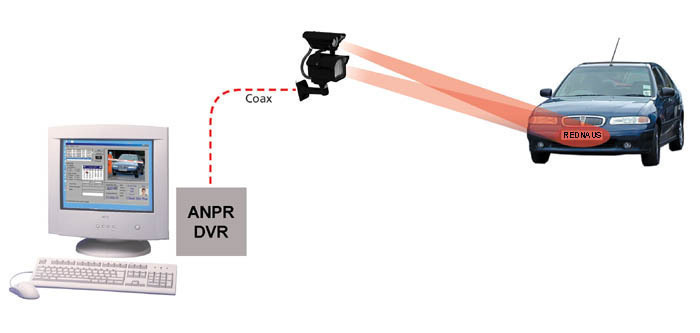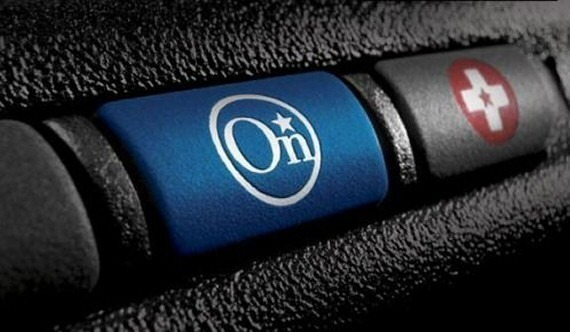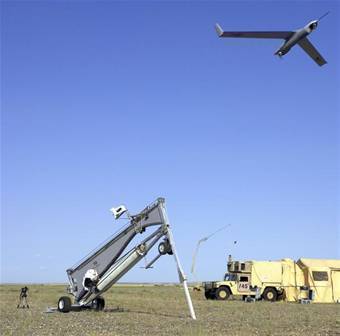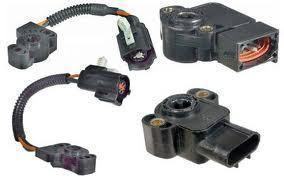Automatic number plate recognition is a system designed to automatically recognize and store license plate number data on vehicles passing through a certain point. This is one of the mass surveillance systems that utilize optical character recognition programs and hardware capable of reading 1 plate/second off vehicles running at a maximum of 160 km/hr. Some systems make use of infrared cameras to increase the efficiency of the system. The automatic number plate recognition system can be used to monitor traffic, enforce traffic rules and regulations, collect electronic tolls, etc.
Automatic number plate recognition systems can also store images from cameras while some can be configured to store drivers’ photographs. However, since the design and font used in number plates differ from place to place or country to country, automatic number plate recognition systems tend to be region specific.
These systems are deployed using two basic methods. One involves data processing near the camera location – data is processed locally and sent to a central station at a later time. Another method involves transferring the images to a central processing station where they are queued for processing and analyzed at a later time.
Brief History
The automatic plate number recognition system was first used in Britain in 1979 with trial units placed on the A1 road and the Dartford tunnel. To minimize errors, license plate’s character font, positioning and sizes were optimized for the character recognition systems used.
Automatic Number Plate Recognition Process
The steps involved in automatic number plate recognition systems include plate localization which involves the recognition and isolation of the license plates in a vehicle image captured by the cameras. The image is then tweaked to adjust for the skew angle and the size of the plate image in a step called plate orientation and sizing.
After correcting the size and shape of the image, the contrast and brightness are then adjusted in a process called normalization. After that, the individual characters in the plate are separated and identified through character segmentation and optical character recognition. The resulting data is then used to compare with the records on a database so as to come up with specific information like the vehicle’s owner, place of registration, address, etc.
Weaknesses of the Automatic Number Plate Recognition System
Some automatic number plate recognition systems have weaknesses that tend to undermine their effectiveness. Some of these include poor resolution of the captured images because of the quality of the cameras used or the distance of the vehicle being photographed; blurry images because of high speed motion; lighting or contrast problems because of shadows, overexposure and reflections; obstruction in the line of sight of the camera such as other vehicles, a tow bar or dirt in the plate itself; the use of a font in the plate not recognized by the system; and intentional tactics used by drivers to avoid detection. With advances in the technology and equipment used like infrared cameras and better software, however, most of these problems can be resolved.




Follow Us!